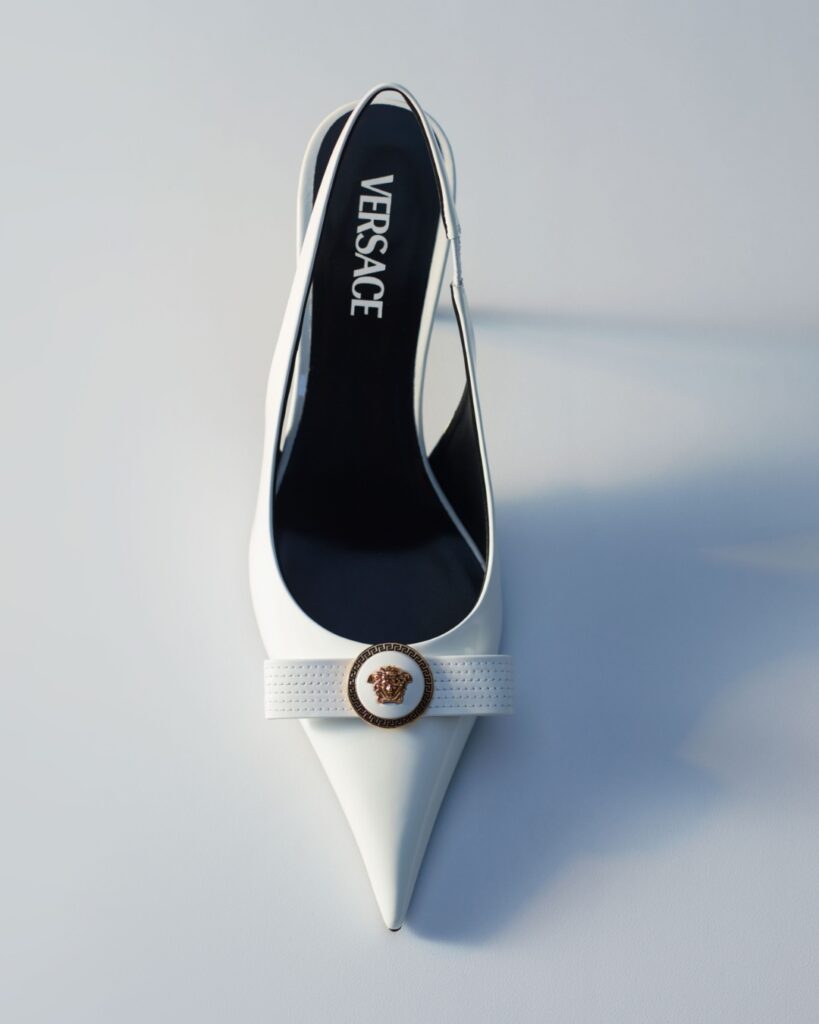
Getting off our backsides in the office is essential to avoid the dangers of deep vein thrombosis.
Most people are aware of the risks of deep vein thrombosis associated with long-haul travel. But you don’t have to be on a plane to increase your chances of developing a blood clot. Prolonged sitting anywhere – at your desk, in the car, at home in front of a screen – can be a problem.
This has been known for decades. The evidence was seen during World War II when there was a rise in deaths from pulmonary embolism (when the clot travels to the lungs and blocks blood flow) linked to people spending long periods in air raid shelters, often seated in deckchairs. More recently, the issue has been observed in a number of computer gamers who have died after long stints at their consoles.
“Quite a few cases have been reported in the medical literature,” says Dr Irene Braithwaite. “A Korean man died of a clot in his lungs after sitting at a computer for 80 hours.”
Related video: 12 ways to increase your daily exercise
Braithwaite, a deputy director of the Medical Research Institute in Wellington, had her interest in sedentary deep vein thrombosis piqued while working in a blood-clot clinic at the city’s hospital.
“We came across a number of people who had no good reason for developing a clot other than sitting down for a long time – for eight to 10 hours at a desk for five days a week,” she says.
Many of us are obliged to spend long hours at our desks and Braithwaite was interested in examining how much of a health and safety issue this was.
She studied 200 people who had been seen at a blood-clot clinic for deep vein thrombosis or pulmonary embolism and compared their sitting habits with 200 who had not.
“Those sitting for 10 hours in a single day – which included two hours without getting up – increased their risk of developing a blood clot by up to 18%,” says Braithwaite. “Then you need to take into account any other pre-existing risk factors people might have. I did research with 100 people who work in government departments, and three-quarters of them already had a risk factor, such as taking oral contraceptives, travelling long distances or having had a leg in a cast in the past four weeks. Five people had as many as five risk factors, which significantly increases the danger.”
Braithwaite had one group of office workers wear Fitbit activity trackers for a week to measure how long they were spending seated and found the average sitting time at work was 5.4 hours and the longest anyone remained at their desk without getting up was 7.1 hours.
How long is too long to spend sitting? “That’s the big question,” she says. “There is evidence that blood flow in the legs is profoundly reduced after just half an hour of sitting in an office chair.”
Standing desks aren’t a magic bullet, either, as to get blood flowing properly, you need the massaging effect of the calf muscles on the deep veins in the backs of the legs. So the advice is much the same as for air travel: every 30-90 minutes, get up and move around, or do seated exercises to promote blood flow.
“The question is how to do that at work without significantly affecting productivity,” says Braithwaite.
At the research institute, staff have been developing a footstool designed for seated exercises that stretch and relax the calf muscles. Braithwaite’s work has shown that using it increases blood flow significantly without distracting people from their work.
“Other things people can do in a work environment include getting the desk that is furthest away from the photocopier, printer or kitchen.” She also advocates drinking lots of water to encourage trips to the toilet and recommends using one on a different floor.
“Use your phone to set reminders to move and respond to them even when you’re busy. Just a couple of minutes is all it takes to reset things, a few hundred steps. It may even improve productivity, as you can probably work through a problem in your mind in a few laps around the office.”
This article was first published in the April 22, 2017 issue of the New Zealand Listener. Follow The Listener on Twitter, Facebook, Instagram and sign up to the weekly e-mail










